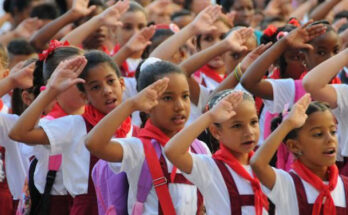Having a unique opportunity to protect the linguistic identity and cultural diversity of deaf people and other sign language users is the essence of International Sign Language Day.
The global celebration, whose 2024 theme is “Stand up for sign language rights,” envisions the social inclusion of users, with a view to the full realization of their human rights.
Thanks to this initiative, the status of national sign languages has been improved through the implementation of policies, plans, programs and projects aimed at improving the education of people with hearing impairment.
This determination has facilitated access to information and basic services, so that the human rights of these people have been strengthened, even in developing nations, where in previous years there were very few governmental organizations specialized in the subject.
However, the tribute that seeks primarily to include people with hearing or linguistic diversity in society by demonstrating their strengths, still calls for further learning. Ideally, we should all know sign language to be able to communicate with these people who undoubtedly also have something important to say.
However, while we learn, we can also take an interest in identifying the sign language users who live in our community and inform ourselves about the different inclusion programs in which we can participate.
Let us remember that sign language is part of everyday life in the world, where there are more than 70 million deaf people, who communicate through a structured and universal language.




